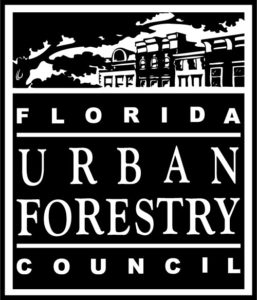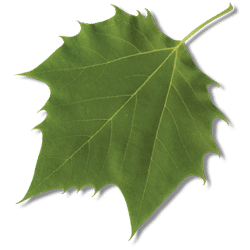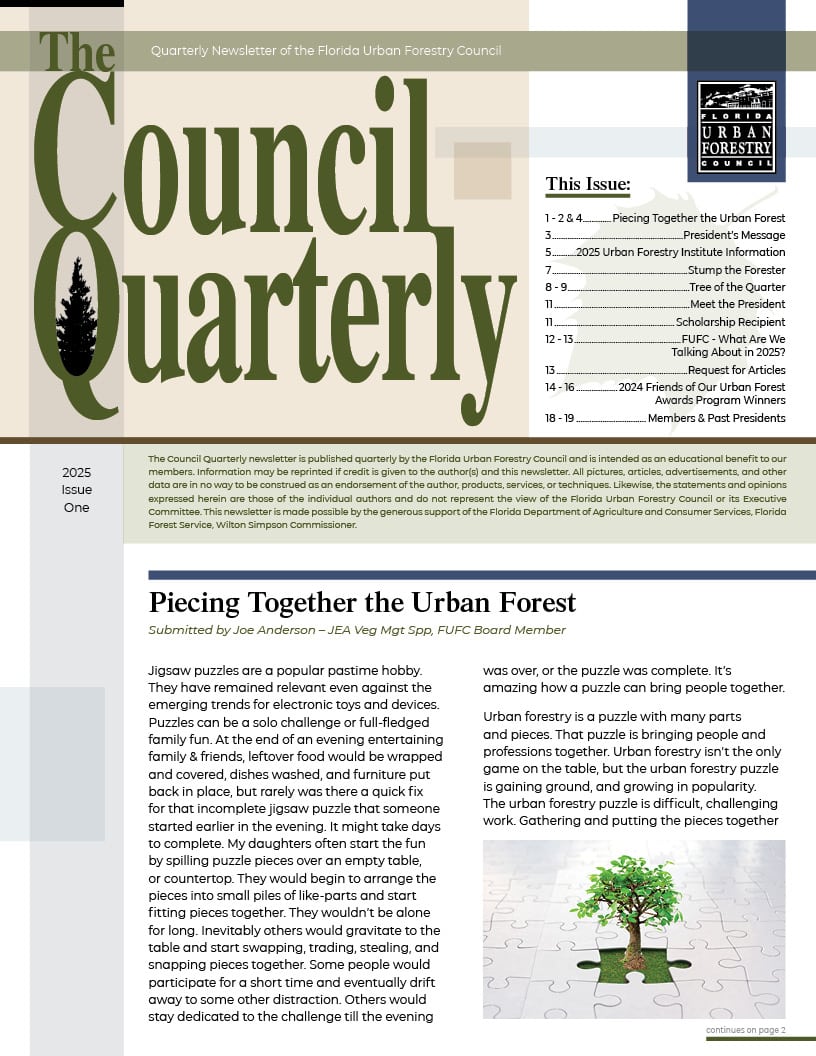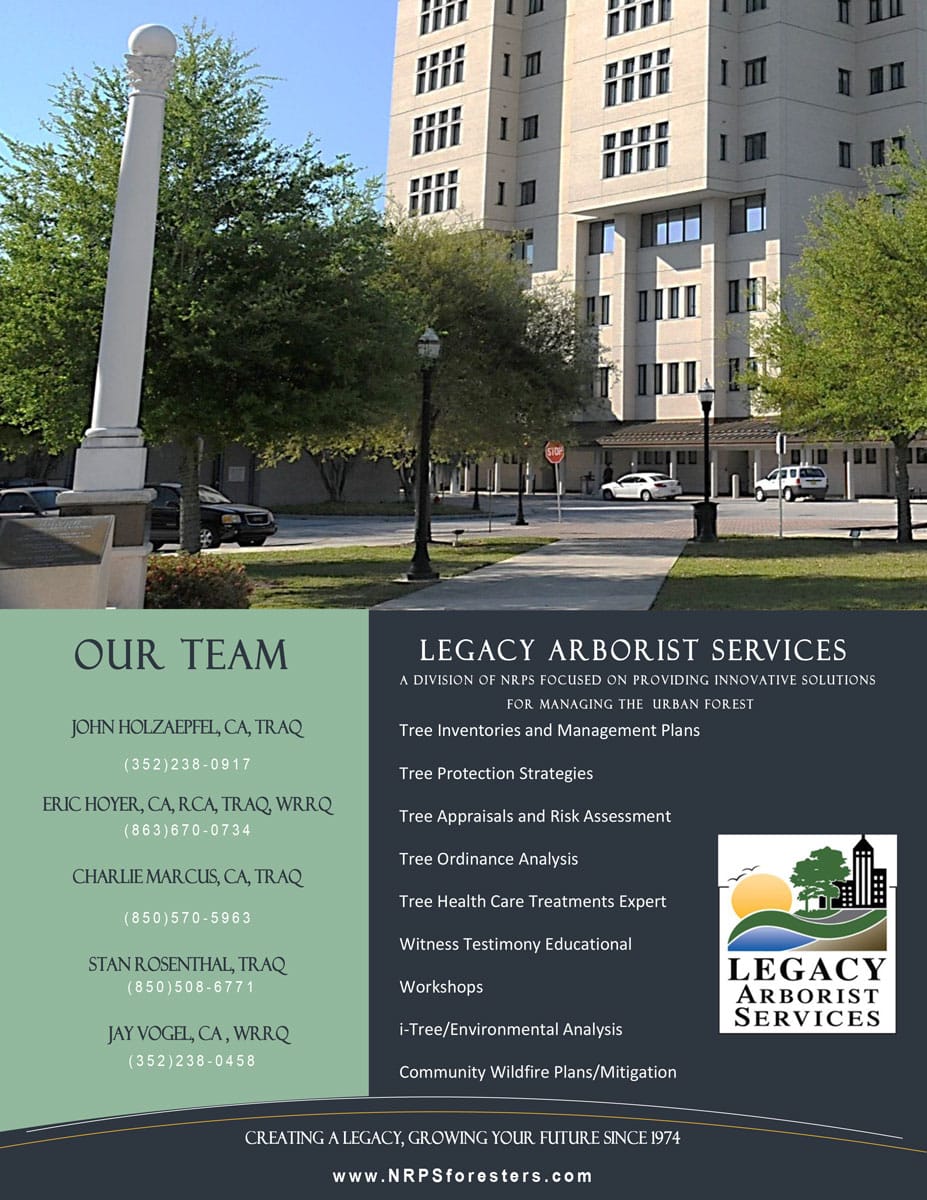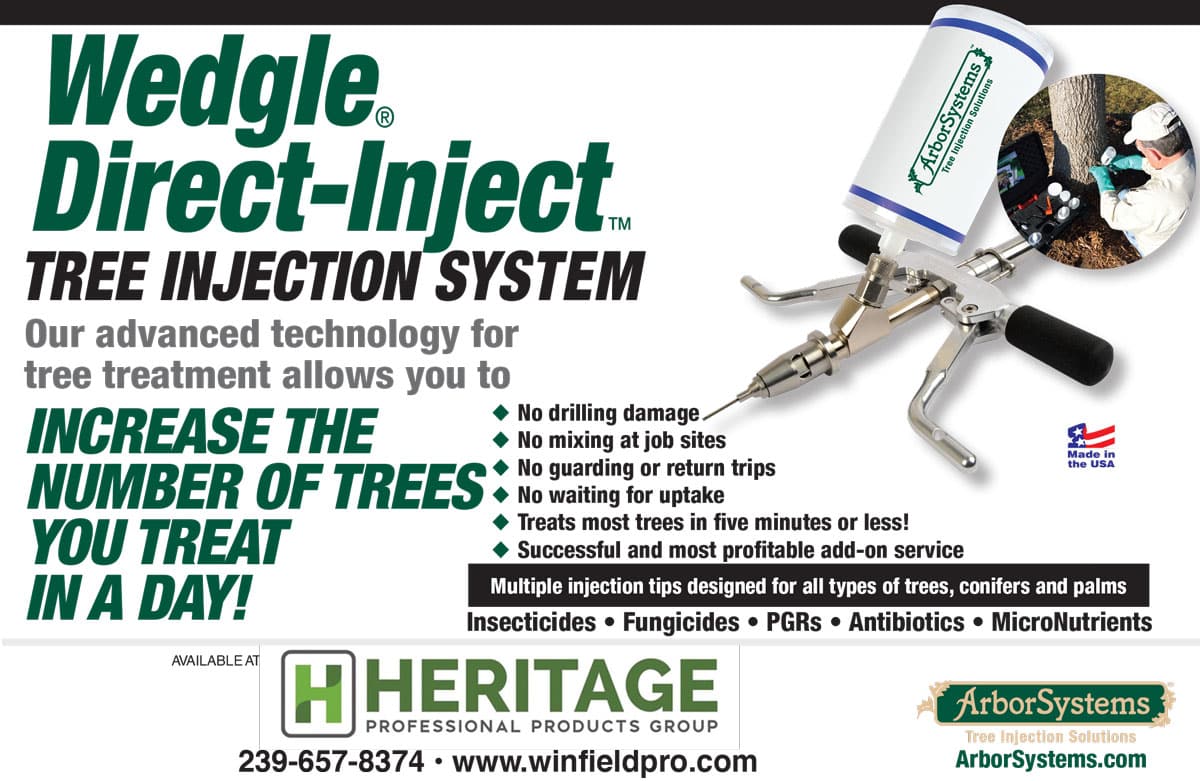QUESTION: What are the round clusters of dark green leaves scattered within the crown of our oak tree? The majority of leaves have turned brown and dropped for winter.
ANSWER: The foliage color change from summer to winter has uncovered a very visible pest of laurel oaks: American or oak mistletoe (Phorandendron serotinum). It produces small sticky white berries that are spread by birds and adhere to tree twigs. When the seed germinates, the root penetrates the thin twig bark where it can grow into quite a large plant. While mistletoe leaves contain chlorophyll and produce their own food, this hemiparasite robs the host plant of water and nutrients from the sapwood where its roots are connected. Tree health can decline as the infestation increases. Other Florida trees that are particularly susceptible to mistletoe infestation include water oak, Shumard oak, pecan, hackberry/sugarberry, ash, and elms (especially Chinese).
Control of mistletoe is best accomplished by manual pruning to remove the infestation. Simply removing the green mistletoe top is a temporary fix. The root left in the branch will resprout unless it is wrapped in black plastic and tape to exclude sunlight. Removing the whole branch is needed for total control. However, if the infestation is heavy, this pruning will likely result in a misshapen crown and lead to future structural problems. A liquid plant growth regulator, ethephon, when properly applied by a licensed pest control operator to the mistletoe during the dormant season, can provide temporary control without pruning.
Mistletoe can be managed by keeping trees healthy through proper pruning, irrigation, nutrition, and annual removal of mistletoe. If an infested tree is removed, plant a resistant species in its place such as magnolia, sweetgum, red maple, live oak, crape myrtle, or a conifer.
The use of mistletoe for Christmas and New Year holiday decorations comes from European pagan mythology; kissing under the mistletoe originated from English and French traditions. However, be advised that all parts of the mistletoe can be harmful to humans and pets if ingested so keep any decorative mistletoe well-contained and out of reach of children. Wash your hands well after handling.
Despite mistletoe being a pest in the urban landscape, it does provide some ecological benefits. Besides being a food source for birds and pollinators, the tender leaves and stems that fall year-round increases the availability of soil nutrients through decomposition. Mistletoe also provides shady areas for bird nesting. Research has shown that forests with significant mistletoe have higher biodiversity by attracting more birds and insects. In fact, the larva of the great purple hairstreak (Atlides halesus), a beautiful southern butterfly, feeds exclusively on mistletoe foliage.
Answer provided by David A. Fox, PhD., Adjunct Lecturer, University of Florida School of Forest, Fisheries, and Geomatics Sciences
